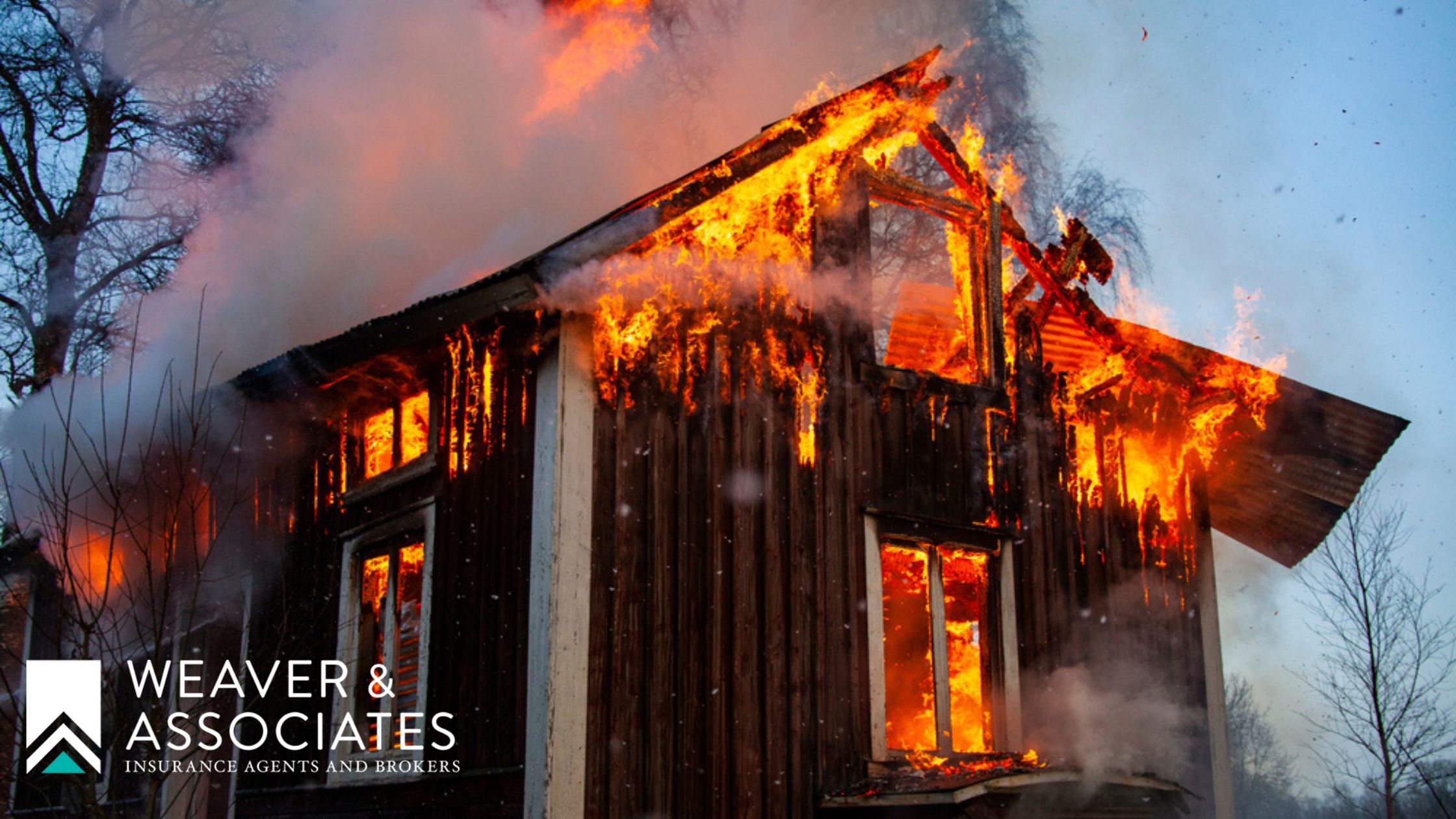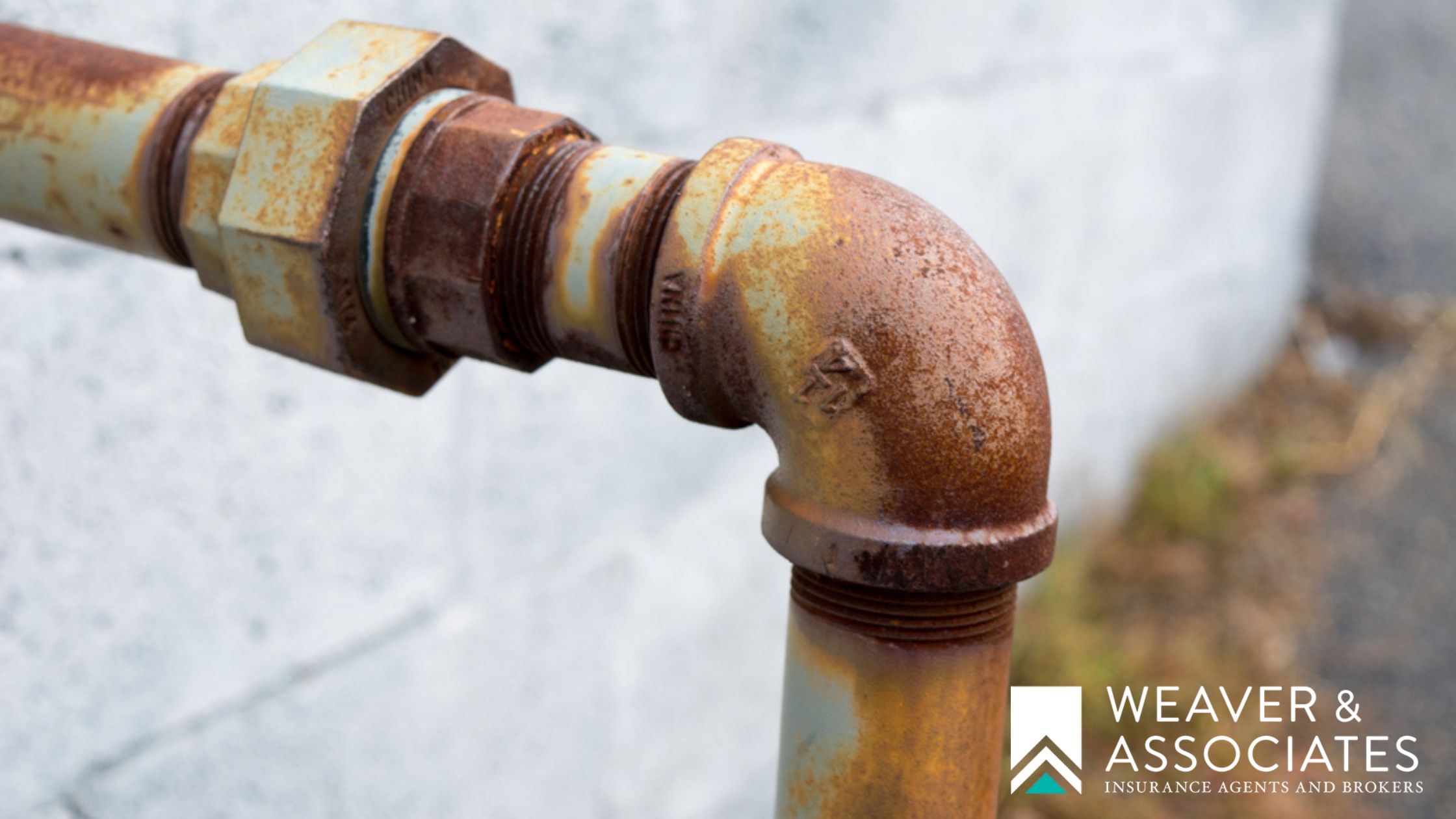The average cost of renters’ insurance in the USA is about $19 per month. However, there are regional variations due to the probability of perils like fire, storms, and theft, varying from place to place. The prices can be as high as $30 per month in Oklahoma to as low as $12 per month in Wyoming. This article helps you understand the variations in renters’ insurance premiums and the factors that affect the rates.
Variations in Renters Insurance
- Louisiana has the highest average renters’ insurance premium, closely followed by Michigan, Arkansas, Oklahoma, and Mississippi. In Louisiana, Michigan, Arkansas, and Oklahoma, the monthly premium typically ranges between $30 or $360 per year of coverage.
- Since these states are exposed to a higher risk of perils like hurricanes, the premiums are usually higher in these regions. Additionally, the average age or condition of the rented buildings also impacts the renters’ insurance premiums in these places.
- The five states with the lowest rental insurance are New Hampshire, Utah, Wyoming, Maine, and New York. The renters’ insurance premiums typically cost between $12 to $13 per month or about $144 to $169 annually in these states.
- Two of these states are inland states which minimize their exposure to natural disasters that often cause a spike in rental insurance rates in places along the coast. Additionally, New York has the most renters, which lowers renters’ insurance rates due to strong competition.
What Factors Affect the Cost of Renters Insurance?
Key factors that affect the cost of your renters’ insurance include:
- Your insurance claims and credit history: Insurers often consider persons with a history of multiple insurance claims to indicate that they’ll have a higher probability of filing claims in the future. This can increase renters’ insurance premiums for such people. Additionally, people with a bad credit history have also been found to tend to file more claims, resulting in higher premiums.
- Your coverage amount and type: Your chosen amount directly affects your renters’ insurance premiums. Therefore, you’ll generally need to pay more premiums to increase your personal property and liability protection. However, increasing your liability coverage limits costs less than expanding your property coverage. Your landlord may need your renters’ coverage to comprise a predetermined baseline liability coverage amount in several places.
- Your deductible: Your insurance deductible is the amount you pay out of pocket before your insurance coverage kicks in. Renters’ insurance deductibles usually range between $500 to $1,000. However, you can alter the deductible amount as per your requirement. Opting for lower deductibles means you will need to pay higher premiums, but you’ll need to share a lower cost of the claims and increased protection.
- The type and cost of your valuables: Renters’ insurance policies typically exclude expensive or high-end goods like jewelry or art. Otherwise, they are covered up to lesser, category-specific limits. You can add or increase coverage for your valuables using policy extensions, also known as endorsements. Though buying an endorsement can raise your renters’ insurance premiums, it might be necessary if your renters’ insurance cannot adequately cover your valuables.
- Discounts available: You can get a discount on your renters’ insurance premium if you prove you’re a lower-risk customer. Therefore, installing safety devices like deadlocks, fire alarms, burglar alarms, etc., can help minimize your premiums. Additionally, carefully review your renters’ insurance application to determine and check off all the discounts you’re eligible for.
Related Article: Tips for Buying Renters Insurance
Are you looking for affordable and comprehensive renters’ insurance coverage in your region? Contact our renters’ insurance experts at Weaver Insurance today! We can offer personalized renters insurance plans tailored to your needs within your budget.







